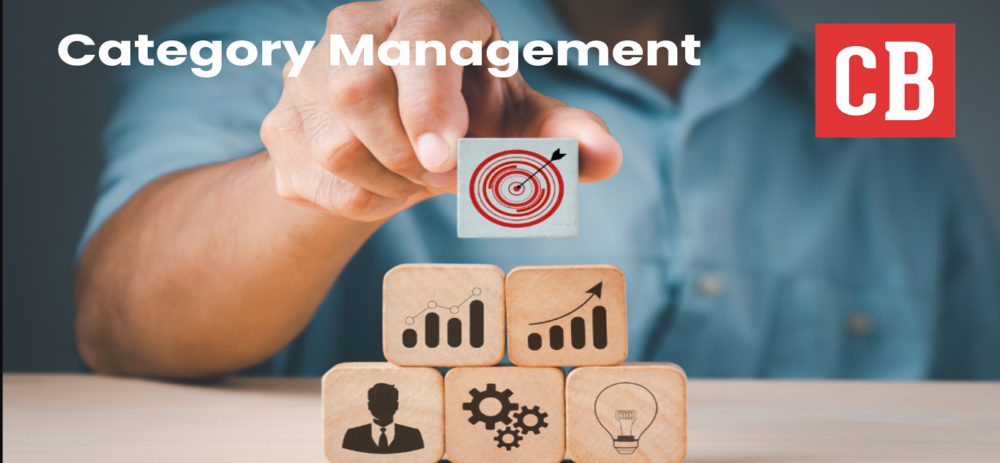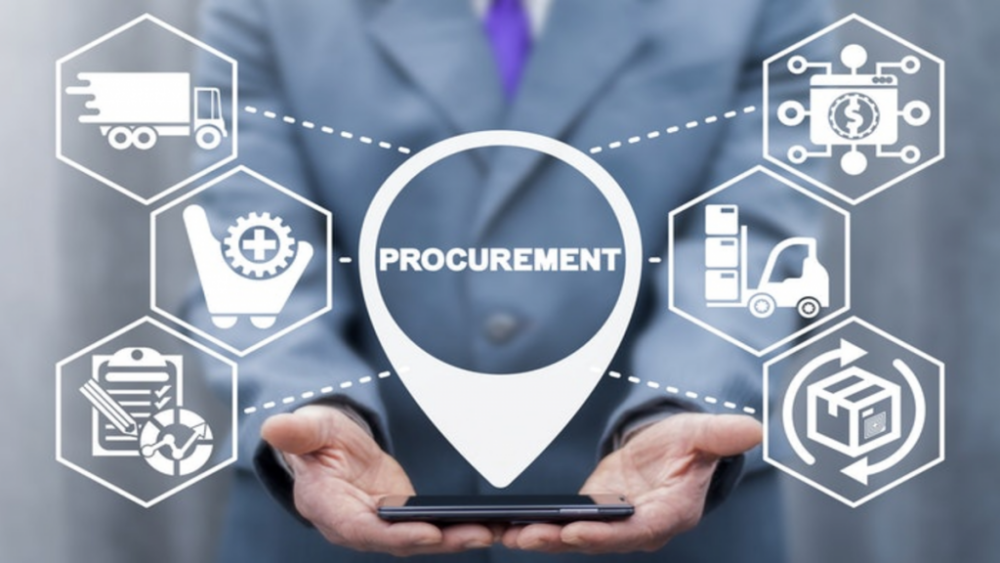Enhancing Procurement Success through Category Management Strategy: The Chartered Buying Approach
Introduction
In today’s fast-paced business environment, a robust category management strategy is vital for organizations seeking to optimize their procurement process. Category management is an approach that focuses on organizing and managing procurement activities around specific categories of products or services, enabling organizations to make more informed purchasing decisions and drive value. By employing a strategic and structured approach to procurement, organizations can significantly reduce costs, improve supplier relationships, and increase overall efficiency. In this article, we will discuss the importance of category management strategy and how Chartered Buying creates value for its customers by implementing this approach.
The Importance of Category Management Strategy
Category management is a strategic approach to procurement that seeks to optimize the purchasing process by focusing on specific categories of products or services. This approach has a number of key benefits for organizations, including:.
Cost Reduction
By aggregating demand across various products or services within a category, organizations can leverage their purchasing power to negotiate better prices, terms, and conditions with suppliers.
Improved Supplier Relationships
A category management strategy enables organizations to develop a more in-depth understanding of their suppliers, helping them to build stronger relationships and negotiate better deals.
Enhanced Risk Management
By focusing on a single category, organizations can better understand the potential risks associated with each product or service and develop strategies to mitigate these risks.
Increased Efficiency
Category management streamlines the procurement process, enabling organizations to make more informed purchasing decisions and improve overall efficiency.
The Chartered Buying Approach to Category Management
Chartered Buying is a leading provider of procurement services that specializes in category management. By working closely with its customers, Chartered Buying helps organizations develop and implement a tailored category management strategy that delivers tangible benefits. The company’s approach to category management is characterized by the following key elements:
Category Analysis
Chartered Buying conducts a comprehensive analysis of each category, taking into account factors such as market trends, supplier capabilities, and customer requirements. This enables the company to develop a deep understanding of each category and identify opportunities for improvement.
Strategy Development
Based on the insights gained from the category analysis, Chartered Buying works with its customers to develop a tailored category management strategy. This includes establishing clear objectives, defining performance metrics, and developing a roadmap for implementation.
Supplier Engagement
Chartered Buying plays an active role in engaging with suppliers, facilitating negotiations, and ensuring that the agreed-upon terms and conditions are met. This helps to build strong supplier relationships and ensures that the organization’s objectives are achieved.
Continuous Improvement
Chartered Buying is committed to ongoing improvement and works closely with its customers to monitor progress and identify areas for further optimization. This ensures that the category management strategy remains aligned with the organization’s goals and delivers maximum value.
Tailored Solutions
CB acknowledges that each organization has unique procurement needs and challenges. As a result, CB collaborates closely with its clients to develop customized strategic sourcing solutions that align with their specific objectives and requirements.
Conclusion
In conclusion, a robust category management strategy is essential for organizations looking to optimize their procurement process and drive value. Chartered Buying is a leading provider of category management services, helping organizations develop and implement tailored strategies that deliver tangible benefits. By focusing on category analysis, strategy development, supplier engagement, and continuous improvement, Chartered Buying is able to create value for its customers and ensure that their procurement objectives are met.
Would you like to know more about a Category Management Strategy and what they can offer?
Contact Us






